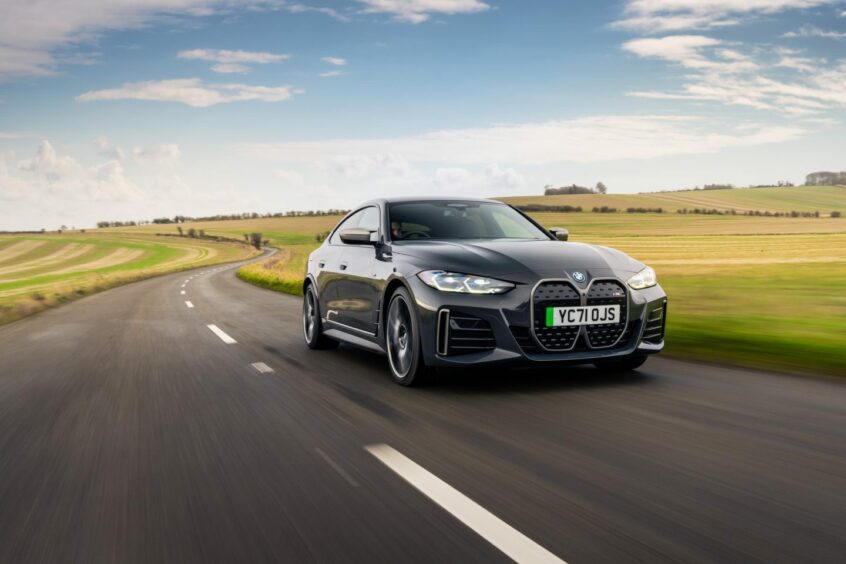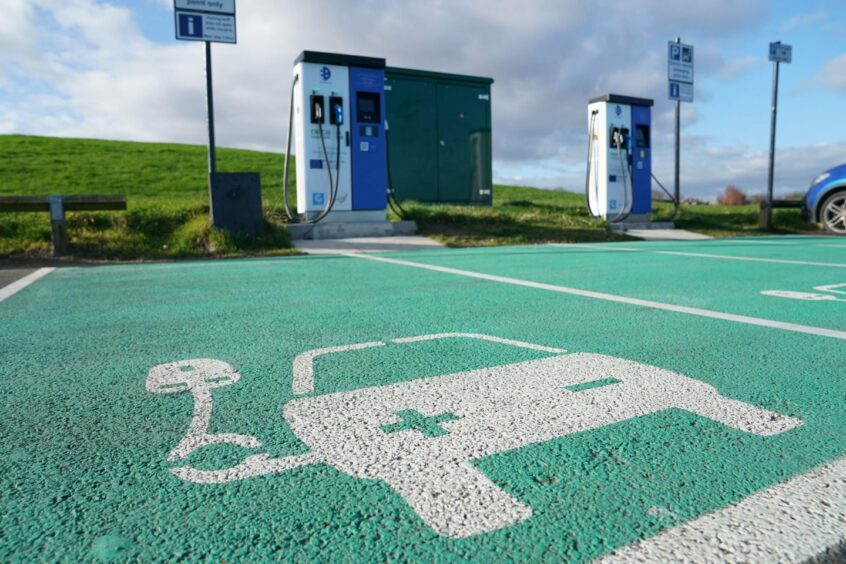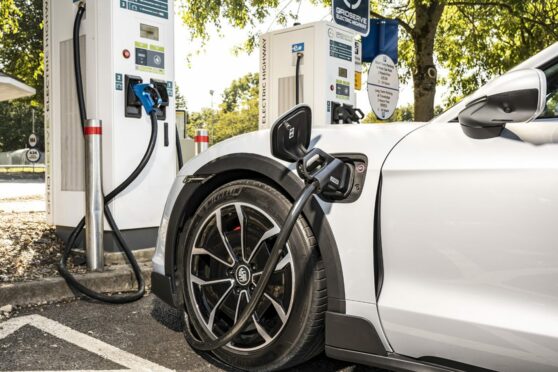Charging an electric car at motorway service stations can be close to 30% more expensive than filling up with petrol, new data has shown.
Consumer magazine What Car? found that on a 200-mile journey EVs were 28% pricier than their petrol counterparts.
The firm conducted its research by running a fully electric Peugeot e-208 against a petrol-powered 208 Puretech 130 between over a 200 mole journey.
The experiment also pitted a BMW i4 M50 electric car against a 4 Series Gran Coupé M440i petrol.

All the cars were driven in the same driving mode with their climate control systems set to 21C.
They also all started with a full battery or tank of fuel. On arrival, they were plugged in or filled to the brim to find out how much the journey had cost.
The results showed the e-208 and i4 were £9.07 (28.4%) and £5.64 (10.8%) more expensive than their petrol equivalents respectively.
The test was conducted on August 18, with What Car? paying £1.99 per litre of petrol.
Lower fuel bills are certainly not a given if you’re relying on the public network, due to the high prices of some companies
What Car? editor Steve Huntingford said: “When deciding whether an electric car is right for you, it’s important to consider how you would charge it.
“Even with energy bills going through the roof, an electric car should cost significantly less to run than any petrol alternative if you can top it up at home overnight.
“However, as our test has shown, lower fuel bills are certainly not a given if you’re relying on the public network, due to the high prices of some companies.
“The Ionity units that we used are some of the most convenient due to their fast charging speeds and the fact that there are usually several at each location, reducing the chances of you having to queue, but unfortunately you pay through the nose for that convenience.”

The survey comes as Ofgem confirmed that the energy price cap on 1 October will rise by £1,578 a year – or 80%, meaning that the annual cost for charging a popular electric family car at home could increase by around £500.
Home chargers are subject to 5% VAT but EV drivers who depend on public chargers already pay more than those with home chargers. The VAT on public charging stands at 20% with almost all public charging operators hiking prices by as much as 15% this year in response to the energy crisis – and likely to rise again as winter approaches.
Government grants to subsidise the cost of having a homecharger installed at your property have been discontinued.

Conversation